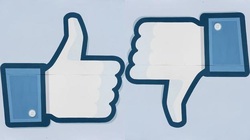
Undoubtedly, there is no way that the creator could have obtained the permission of every single facebook user prior to posting their profile pic. Indeed, the creator relied on a special algorithm that scanned facebook profile pages for each user and downloaded the profile pics. All those profile pictures, most of them are photographs that people took themselves, right? And some users probably use paintings and pictures of other things (besides themselves), where the pictures were taken by other people, right? Take this quote from 2011, for instance from the British Journal of Photography:

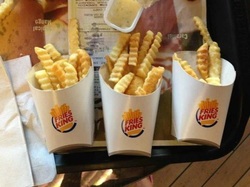
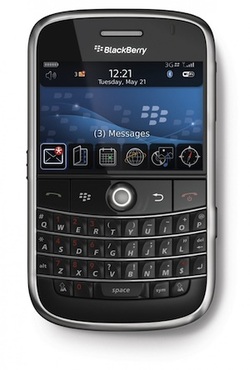
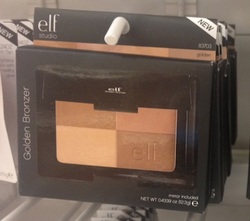
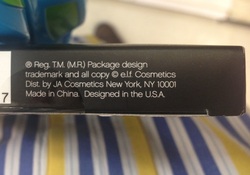
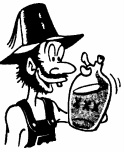
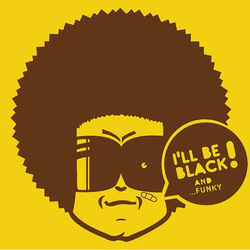
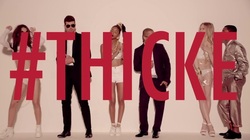
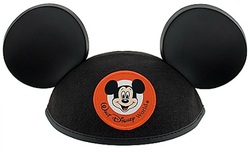
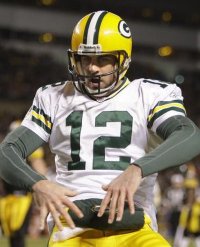
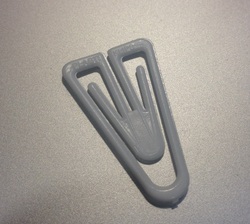
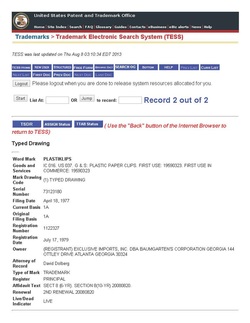
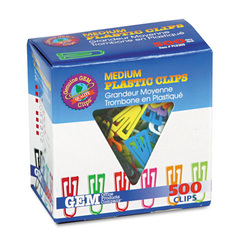

 RSS Feed
RSS Feed